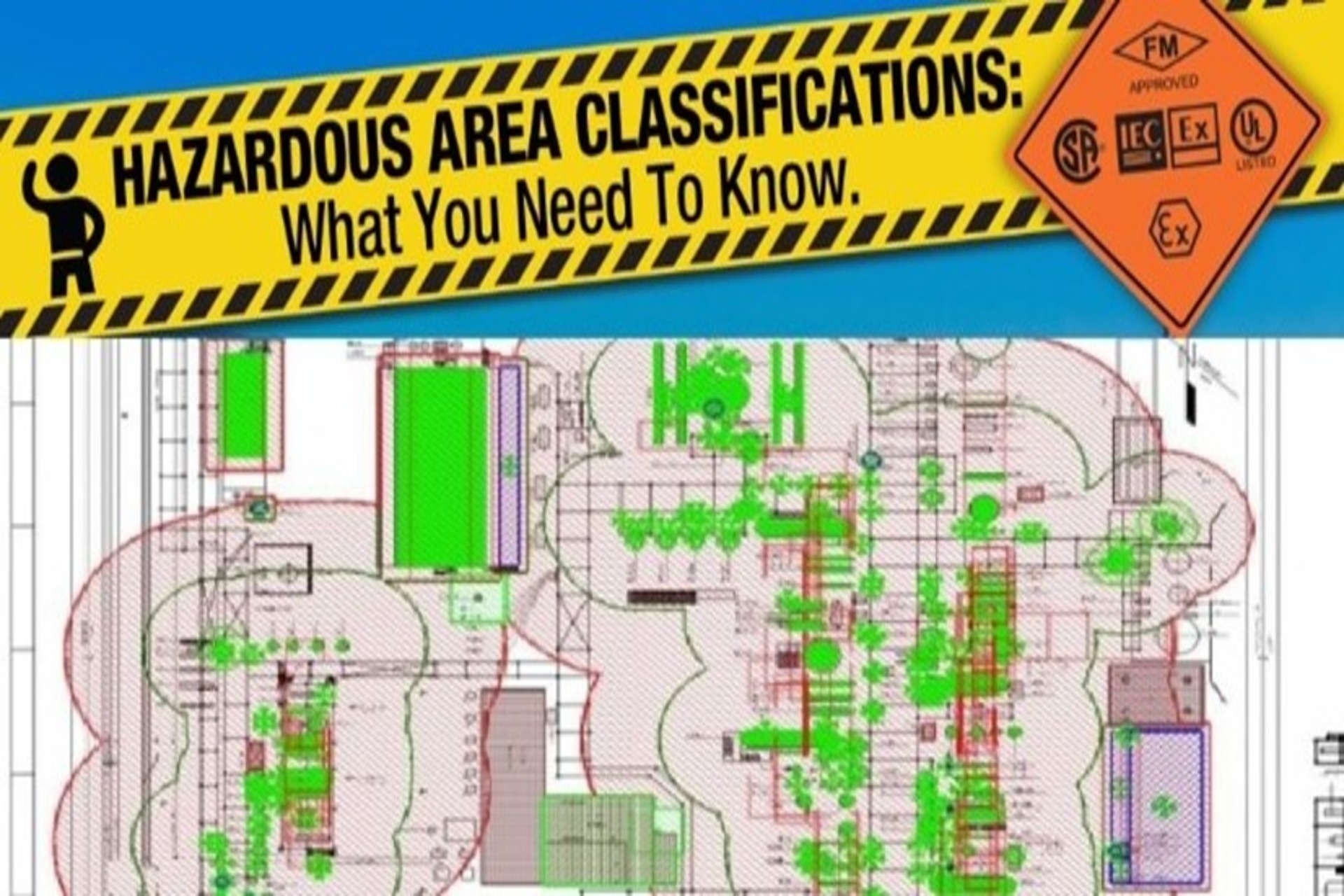FAQ-EMERGENCY RESPONSE & DISASTER MANAGEMENT PLANS (ERDMP)
The objectives of the Emergency Response and Disaster Management Plan (ERDMP) are as follows: Safeguarding Lives, Environment, and Property: Protect the lives of individuals at the site and in its vicinity, as well as the surrounding environment and property. Containing and Controlling the Incident: Quickly and effectively contain the incident, bring it under control, and restore normalcy as soon as possible. Minimizing Damage: Reduce the impact and extent of damage to lives, property, and the environment. Rescue and Treatment of Casualties: Prioritize the rescue and medical treatment of those affected by the incident. Assisting in Evacuation: Support district administration in safely evacuating people from affected areas to safe zones. Providing Welfare Assistance: Offer necessary welfare assistance to those affected by the incident, particularly casualties. These objectives guide the development and implementation of an ERDMP to ensure a structured and effective response to emergencies.

FAQ- HAZARDOUS AREA CLASSIFICATION-IS (HAC)
Hazardous Area Classification (HAC) is a critical safety study aimed at identifying and defining the areas around equipment that handles or stores flammable fluids, vapors, and combustible dusts where the risk of fire or explosion is present. The primary goal is to minimize the possibility of an ignition source coinciding with a flammable atmosphere, thereby reducing the risk of fire or explosion.

FAQ- HAZARDOUS AREA CLASSIFICATION (HAC) STUDY-IEC
Hazardous Area Classification (HAC) is a critical safety study aimed at identifying and defining the areas around equipment that handles or stores flammable fluids, vapors, and combustible dusts where the risk of fire or explosion is present. The primary goal is to minimize the possibility of an ignition source coinciding with a flammable atmosphere, thereby reducing the risk of fire or explosion.

FAQ - Hazardous Area Classification (HAC) Study - NFPA
Hazardous Area Classification (HAC) is a critical safety study aimed at identifying and defining the areas around equipment that handles or stores flammable fluids, vapors, and combustible dusts where the risk of fire or explosion is present. The primary goal is to minimize the possibility of an ignition source coinciding with a flammable atmosphere, thereby reducing the risk of fire or explosion.

FAQ-FIRE WATER SYSTEM ADEQUACY (FWSAS) STUDY
Fire Water Adequacy Study is the study and practice of mitigating the unwanted effects of potentially destructive fires. It involves the study of the behavior, compartmentalization, suppression and investigation of fire and its related emergencies, as well as the research and development, production, testing and application of mitigating systems. The owners and operators are responsible to maintain their facilities in accordance with a design-basis that is rooted in laws, including the local building and fire code, which are enforced by the Authority Having Jurisdiction.




